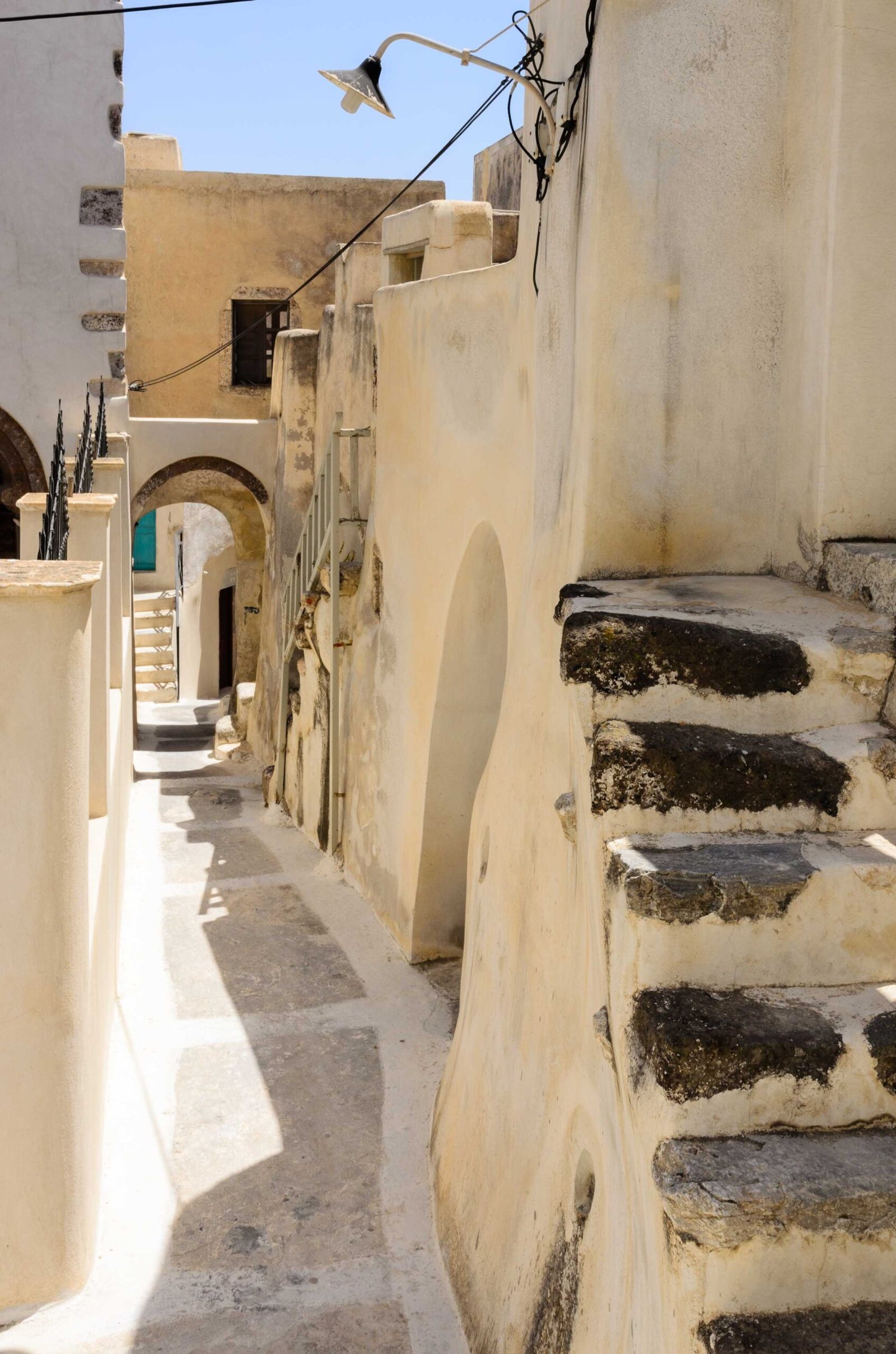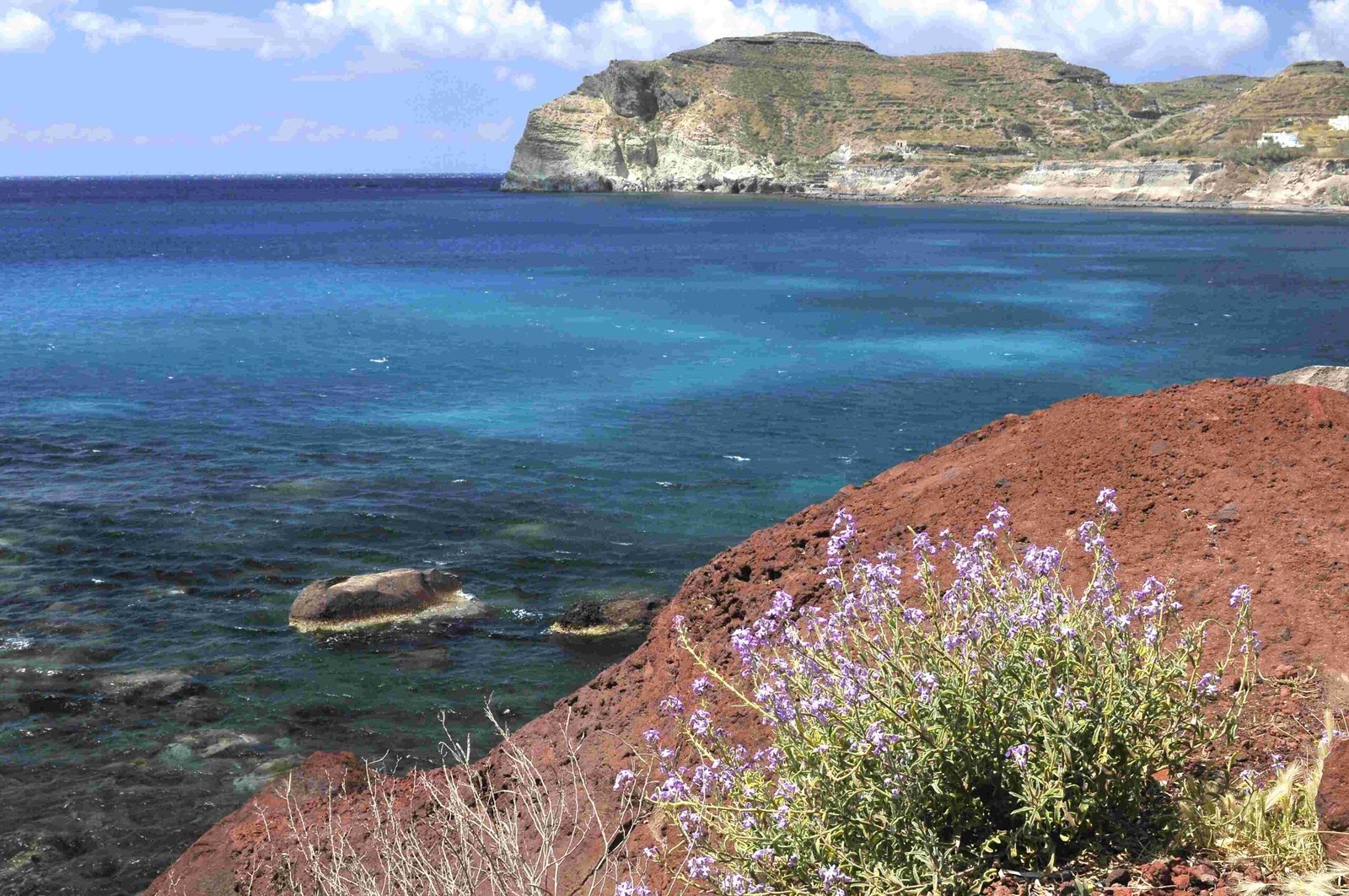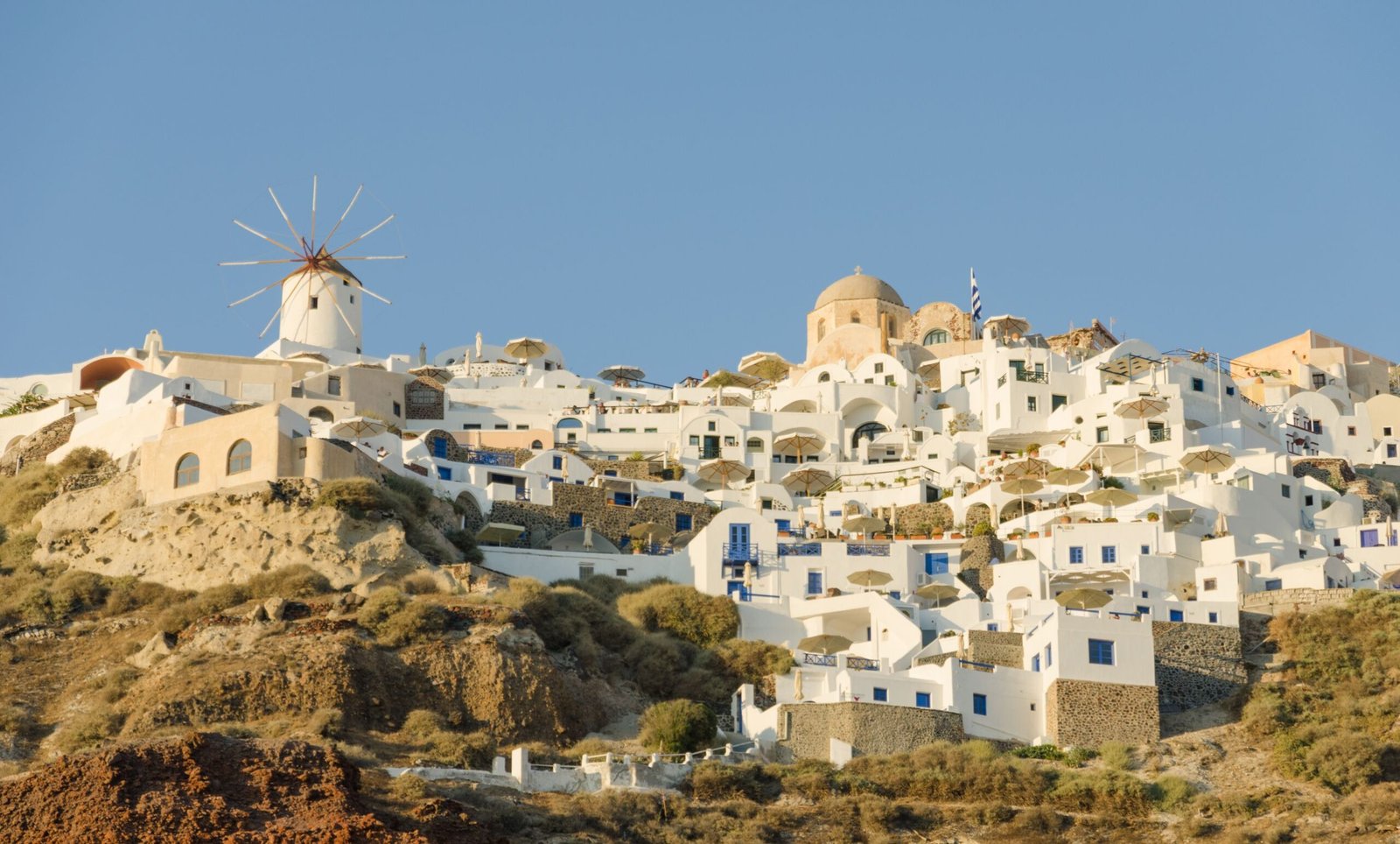Panagia Episkopi, the oldest church in Santorini, stands as a testament to the island’s rich Byzantine heritage. Built in the late 11th century by Emperor Alexios I Komnenos, this architectural marvel has weathered centuries of cultural and political changes. Located at the foot of Profitis Ilias Mountain in Mesa Gonia village, Panagia Episkopi offers visitors a glimpse into Santorini’s complex religious history and stunning Byzantine architecture.
What Makes Panagia Episkopi the Oldest Church in Santorini?

Panagia Episkopi holds the distinction of being Santorini’s oldest church due to its construction at the end of the 11th century. This Byzantine masterpiece replaced an earlier three-aisled basilica, marking a significant architectural shift. Its longevity and continuous use through various historical periods cement its status as the island’s most ancient religious structure.
Historical Timeline:
- Late 11th century: Construction commissioned by Emperor Alexios I Komnenos
- 1207: End of initial period as Orthodox Diocese seat
- 1204-1537: Venetian rule and Catholic influence
- 1537: Return to Orthodox control under Ottoman rule
- 1767: Construction of Catholic annex
- 1827: End of second period as Orthodox Diocese seat
How Has the Church’s Role Evolved Over Centuries?

Panagia Episkopi’s role has transformed dramatically over its long history, reflecting the changing political and religious landscape of Santorini:
- Byzantine Era: Served as the seat of the Orthodox Diocese
- Venetian Period: Shared use between Orthodox and Catholic faiths
- Ottoman Rule: Returned to primarily Orthodox use
- Modern Times: Functioning as a historical monument and active place of worship
This evolution showcases the church’s resilience and its significance in Santorini’s religious tapestry.
What Architectural Features Define Panagia Episkopi?
Panagia Episkopi’s architecture is a stunning example of Byzantine design, featuring:
- Cross-domed structure with a Greek cross plan
- Central dome on a tambour
- Dimensions: 14 meters long, 11.10 meters wide
- Red-tiled or plastered roofs
- Spolia from ancient Thera, including:
- Doric pillars with capitals and bases
- Architraves
- Round altars
- Carved bull heads
Unique Elements:
| Feature | Description |
|---|---|
| Entrances | Five in total: two each in south and north, main entrance in west |
| Catholic Annex | Small room added in 1767, connected to the sanctuary |
| Bell Tower | Gives the church an acutely angled appearance |
Where Is Panagia Episkopi Located and How Can Visitors Access It?
Panagia Episkopi is situated in a picturesque location:
- At the foot of Profitis Ilias Mountain
- In Mesa Gonia village, Santorini
- GPS Coordinates: Approximately 36.3833° N, 25.4667° E
- Near Pyrgos Kallistis village and medieval castle ruins
Accessibility:
– Open to visitors and pilgrims
– Reachable by car or on foot from Mesa Gonia village
– Visiting hours: Daily, 10 am to 12 pm and 2 pm to 5 pm
What Legends Surround the Church’s Construction?
Two intriguing legends add to the mystique of Panagia Episkopi:
-
The Moving Icon: A tale speaks of an icon of Panagia (Virgin Mary) repeatedly moving to a new location, interpreted as divine guidance for the church’s site.
-
Emperor’s Donation: Another legend recounts Emperor Alexios I Komnenos donating land and funds for the church’s construction, possibly inspired by a miraculous event.
These stories, while not historically verified, contribute to the church’s cultural significance and allure.
How Does Panagia Episkopi Reflect Santorini’s Religious History?
Panagia Episkopi serves as a microcosm of Santorini’s complex religious history:
- Byzantine Orthodoxy: Original purpose and design
- Catholic Influence: Addition of Catholic altar during Venetian rule
- Religious Coexistence: Shared use between Orthodox and Catholic faiths
- Ottoman Impact: Return to Orthodox prominence
- Modern Ecumenism: Preservation of both Orthodox and Catholic elements
This blend of influences makes Panagia Episkopi a unique testament to Santorini’s diverse religious heritage.
What Should Visitors Know Before Visiting Panagia Episkopi?
For those planning to visit Santorini’s oldest church, consider the following:
- Visiting Hours: Open daily, 10 am – 12 pm and 2 pm – 5 pm
- Entry Fees: No specific fee mentioned, but donations may be welcome
- Dress Code: Modest attire recommended out of respect for the religious site
- Photography: Check current policies regarding interior photography
- Guided Tours: May be available, enhancing the historical understanding
- Nearby Attractions: Consider combining with visits to Pyrgos village or Profitis Ilias Monastery
Panagia Episkopi offers a unique glimpse into Santorini’s rich history and Byzantine architecture. Its enduring presence on the island makes it an essential stop for history enthusiasts and spiritual seekers alike.

